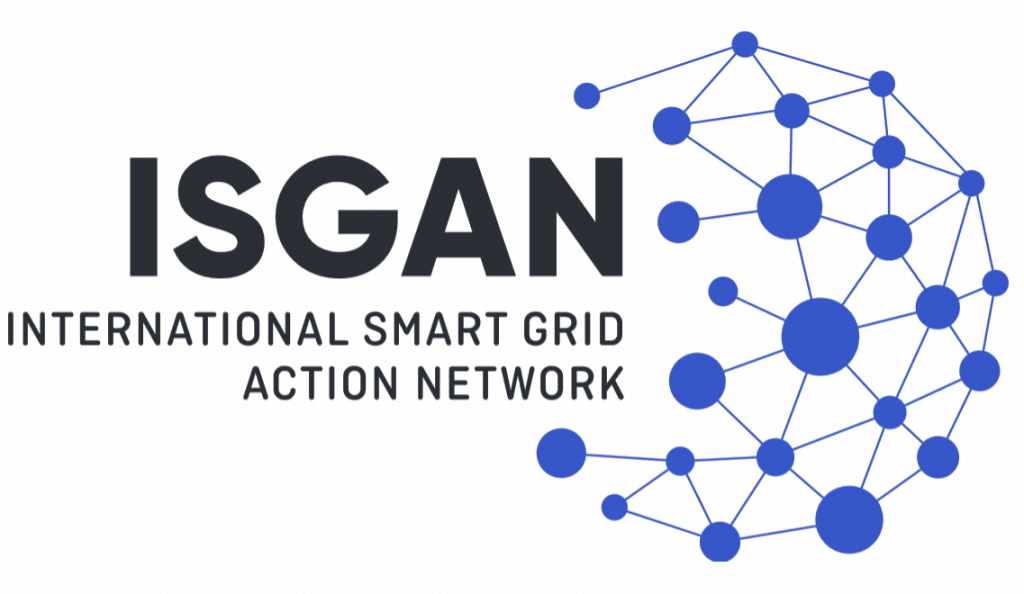However, rather than being able to provide ready-made answers about the institutional and social dimensions of smart grids, much more can be said about what-we-don’t-know. We identified two main reasons why we do not know enough about smart grid transition.
- The structural challenge is that energy research is mainly focusing on technologies for the physical grid with little knowledge on institutional change and the social dimension of energy transition.
In an article in Nature, B.K. Sovacool (Vol 511, 2014) examined the scope of more than 4400 articles in leading energy technology and energy policy journals over 15 years. He identified four trends which he evaluates as worrisome if not tackled by public and private organizations and the scientific community:
a. An underevaluation of influence of social dimensions on energy use,
b. A bias towards science, engineering and economics over other social sciences and humanities,
c. A lack of interdisciplinary collaboration and
d. The underrepresentation of female authors or those of minority groups
This corresponds to the challenges identified in developing a strategic research agenda for Smart Grids Transitions of Annex 7. The European Commission in its Horizon 2020 research and innovation program tries to address this issue by encouraging SSH research to be taken up in energy research projects. An interim evaluation2 shows the low level of SSH research with the main part going to economic research. Other disciplines are hardly visible and there is a significant geographical divide between countries in taking up the possibility to integrate SSH research.
There is the need to insert the social and environmental dimensions in the projects of smart grid deployment as well as in the decision making processes needed to select the most appropriate solutions. It is not enough that projects be perfect from the technical and economics point of view, they should be based on a sound social analysis and include specific actions to take into consideration the concerns, needs, and expectations of citizens and consumers. - Although the political will to further increase the public energy-R&D investment in the CEM countries substantially exists, statistical evidence shows a stagnation of energy related social-science-humanities R&D investment at a very low level.
R&D statistics (OECD/IEA, EU – Horizon 2020) indicate that increases in public R&D spending over the last years did not lead to a more balanced resource-attribution for all research disciplines. Particularly, research resources for social sciences and humanities (SSH) have not yet received the attention it would require to learn more about embedding technological development in the economic and societal environment (e.g. on energy use, or on how future markets will look like).3
Although the obstacles of data accuracy exacerbate the analysis, still two statements can be made:
a. The share of R&D from SSH in the area of energy4 in OECD countries has been fluctuating significantly over the last years. When adding up all reported country figures between 0.1% and 9% during the period of 1974 and 20155.
b. If at all, SSH-research capacities and funding in absolute terms is growing with much less speed than in engineering and natural sciences.
Given the high uncertainties, how global energy transition should take place and the lack of orientation where technological development should lead to, SSH research will be needed even more urgently than in times of relative stability of the energy system.
The intention of Mission Innovation, to double public clean-energy R&D investment over five years, is an encouraging signal for R&D actors and will likely lead to structural changes in the research and innovation-eco-system. However it remains to be seen, if this could also lead to a substantial rise in the knowledge about the social dimension of smart grids, without a political will to provide significant resources for SSH research as well as the appropriate R&D instruments.
The following conclusion and recommendations can be drawn from this analysis:
- Significantly more inter- and transdisciplinary research activities in social sciences and humanities are needed.
- More attention has to be laid on generating know-how on social dimensions of technological and institutional transformation of energy systems and markets.
- Financial resources for SSH research need to be raised at least as much as for technological development and the respective R&D capacities and infrastructures need to be built up sustainably. Collaboration and strategic research agendas should be coordinated amongst CEM-countries.
- There is an urgent need for more accurate statistical data on SSH in energy research.

